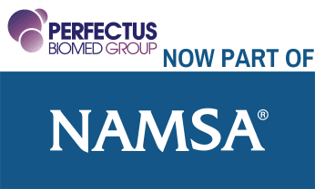ISO 22717, ISO 18416, ISO 2115, ISO 21149
COSMETICS & PERSONAL CARE TESTING
ISO 22717, ISO 18416, ISO 21150, ISO 21149. Testing to support regulatory claims and assess the quantities and species of microorganisms present in your cosmetic product.
Cosmetic manufacturers must ensure that their products are free from particular quantities and species of microorganisms. The presence of such contaminants could affect the quality of a product and also the health of the consumer. Cosmetic formulation development and safety testing therefore assesses the quantities and species of microorganisms present in the product.
Standard cosmetic formulation development test methods available include ISO 22717:2015, ISO 18416:2015, ISO 21150:2015 and ISO 21149:2006.
Cosmetic Test Methodologies
The EU cosmetics regulation 1223/2009 requires cosmetic testing. Microbiological specifications therefore need to be provided for cosmetic products that are placed on the EU market. There are a range of appropriate test methodologies:
ISO 22717:2015 – designed to detect Pseudomonas aeruginosa. Lower risk products include those that demonstrate low water activity, hydro-alcoholic products and extreme pH values. Method adaptations are possible depending on the required level of detection.
ISO 18416:2015 – utilized for the detection of Candida albicans within cosmetic products.
ISO 21150:2015 – used for the detection/identification of Escherichia coli. Lower risk products include those which demonstrate low water activity, hydro-alcoholic products and extreme pH values. Method adaptations are possible depending on the required level of detection.
ISO 21149:2006 – gives general guidelines for enumeration and detection of Mesophilic aerobic bacteria.
ISO 16212:2008 – used for the detection and also the enumeration of yeast and mold within cosmetic products.

